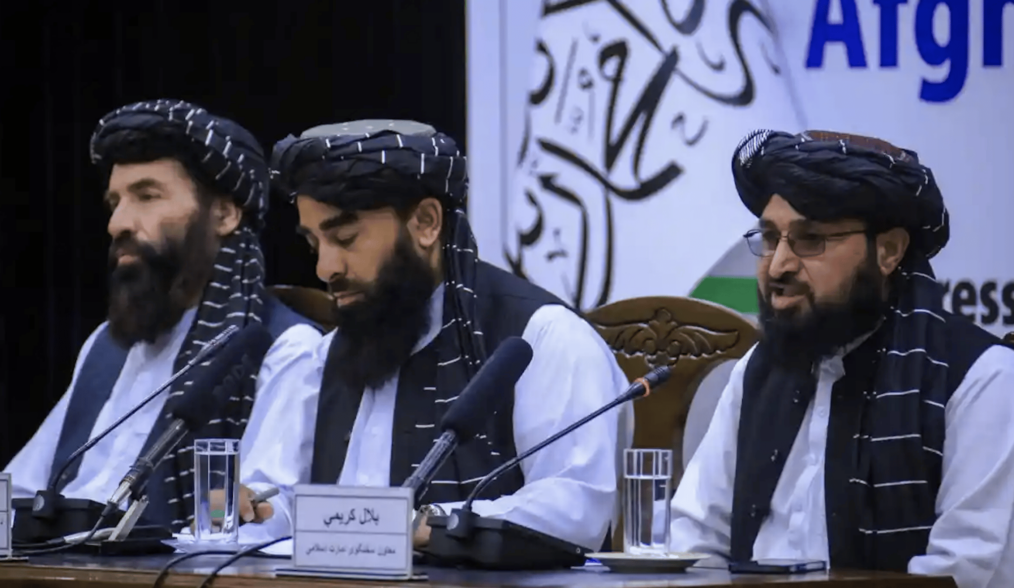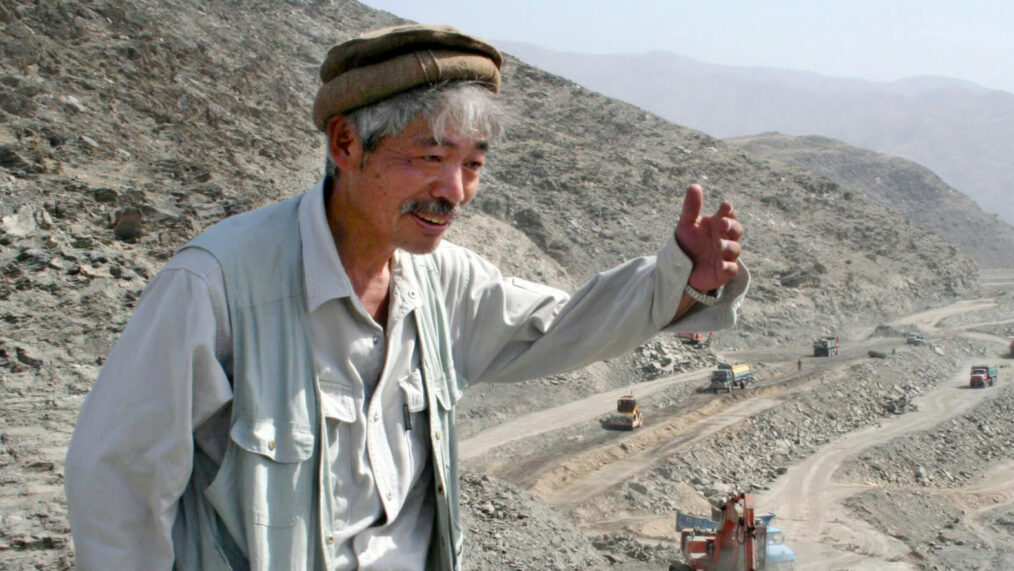Last week, a three-day gathering of 3,000 male ethnic and Afghan religious leaders ended. Led by the Taliban’s rarely seen leader, Haibatullah Akhundzada, the meeting was aimed to discuss the Taliban’s rule in Afghanistan and form greater unity among leadership. After many reneged promises on women’s rights in the previous months, this meeting was another opportunity to declare the Taliban’s stance. However, it ended with no mention of the future of women in Afghanistan. The Taliban’s silence solidifies their position on women’s rights, a stance that will continue to isolate them from the world. This meeting indicates that, in the next few months, the humanitarian and economic crisis in Afghanistan will only deepen.
Limited Earthquake Aid Shows the World’s Staunch Commitment to Human Rights
Last week, one of the most devastating earthquakes hit Afghanistan, killing more than one thousand individuals and injuring thousands more. In the wake of such an event, usually millions of dollars of long-term aid would flood the nation to assist in rebuilding efforts and ease the effects of the disaster. However, human rights abuses by the Taliban have prevented money for long-term development from entering Afghanistan. Further, billions of Afghan reserves remain frozen overseas until the Taliban show a commitment to women’s rights. Without a change of stance from the Taliban, this money will remain completely unavailable. Last week’s gathering concluded with no mention of the future of women, indicating no end to the sanctions that devastate Afghanistan.
The Taliban’s Rhetoric Emphasizes Afghanistan’s Independence and Isolation
In a speech during the three-day gathering, the Taliban’s leader reportedly said, “Thank God, we are now an independent country. [Foreigners] should not give us their orders, it is our system, and we have our own decisions.” He also emphasized that overseas aid will not help develop Afghanistan but only make them dependent on foreign money.
The Taliban’s rhetoric seemingly points toward a future of continued isolation in Afghanistan. This expression also proves, at least in the near term, that the Taliban will not fold to the intense economic and international pressures to change their stance. Afghans will likely suffer with no end in sight and a regime that is unlikely to compromise.
Looking Forward
Until human rights are honored, the world will remain unable to aid Afghanistan’s development. The economy will continue its freefall, and the Afghan people will suffer the brunt of these pressures. The Taliban have been clear in their desire for independence; however, they continue to resemble an insurgency group and have yet to prove their ability to rule effectively.
The U.S. and western countries should continue to demand human rights as a precursor to discussions. However, humanitarian aid should not be sanctioned or blocked to ease the current crisis and disaster relief processes.
Counter-Terrorism Research Fellow






